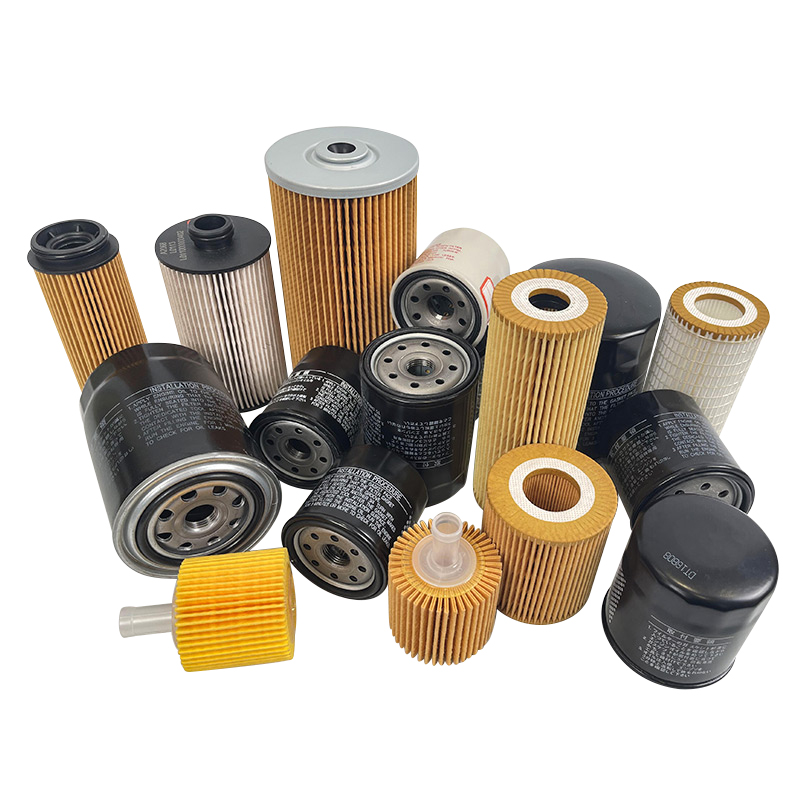Ölfilter (abgekürzt als Ölfilter) spielen eine entscheidende Rolle im Schmiersystem von Automobilmotoren. Es kann Verunreinigungen effektiv herausfiltern, Metallreste, Staub und andere Schadstoffe im Motoröl, Gewährleistung der Sauberkeit des dem Motor zugeführten Öls, Dadurch werden verschiedene Komponenten des Motors geschützt und seine Lebensdauer verlängert.
Wenn es ein Problem gibt, Dies kann zu einer unzureichenden Schmierung führen, erhöhter Motorverschleiß, oder schwerwiegender Zylinderausfall!
Erste: Regelmäßig ersetzen, Warten Sie nicht auf Erinnerungen.
Beste Lösung: Der Ölfilter muss zusammen mit dem Öl gewechselt werden!
unter normalen Umständen, the recommended replacement cycle according to the vehicle manual is usually consistent with the oil replacement cycle:
Mineral oil: About every 5000 kilometers or half a year.
Semi synthetic engine oil: Approximately every 7500 Kilometer bzw 9 Monate.
Fully synthetic engine oil: approximately every 10000 Kilometer bzw 1 Jahr.
When driving short distances frequently, the distance can be appropriately shortened to 3000-5000 Kilometer (especially in areas with sandstorms in spring).
Zweitens, if these symptoms appear, check them immediately.
Look at the dashboard: light up the oil lamp, stop immediately!
This is a warning for low oil pressure. Although there are many reasons that may cause insufficient oil pressure, many of them are related to the oil filter. Zum Beispiel, clogged filter elements can cause the oil to not circulate properly, or abnormal opening of bypass valves can lead to pressure relief. Once the oil lamp lights up, it must be stopped immediately for inspection!
1. The engine is abnormal, with noticeable shaking at idle or a clicking sound during acceleration.
This may be due to the presence of a large amount of impurities in the engine oil entering the engine, causing increased wear and tear on internal components of the engine.
2. Weak acceleration and inexplicable increase in fuel consumption.
When the oil filter is clogged or the filtering effect is poor, the amount of oil entering the engine may decrease, directly affecting power output.
Drittens, das “Physical Examination” major.
If there are doubts about the condition of the oil filter, or if it is impossible to accurately determine whether the oil filter needs to be replaced through the above methods, the vehicle can be sent to a professional car repair shop or 4S shop for inspection. The maintenance personnel will conduct professional inspections on the filter element and provide accurate recommendations based on the actual usage and maintenance records of the vehicle.
Fourthly, these extreme situations need to be changed in advance.
1. Dusty road conditions or extreme environments.
During sandstorms or driving on construction sites, dust particles in the air can easily enter the combustion chamber through aging or damaged air filters, forming ash after combustion, or unburned particles can enter the crankcase through piston rings and mix with engine oil to form sludge, accelerating filter blockage.
2. Driving through water.
If the water depth exceeds the installation position of the oil filter (usually located at the bottom of the engine), a small amount of water may seep into the oil through the filter sealing ring. But this situation is rare, and oil ingress is more common in internal faults such as cylinder gasket damage and coolant leakage.
3. Engine overhaul or break in period.
New or overhauled engines will generate a large amount of metal debris during the break in period, and the filter needs to be replaced in advance.




